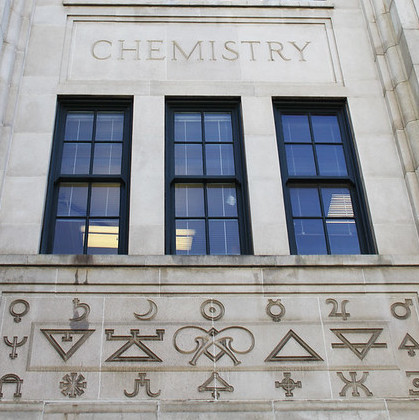Innovative Photocatalyst Breakthrough for Efficient Hydrogen Production
Key Ideas
- Oregon State University researchers developed a remarkable photocatalyst that efficiently converts sunlight and water into hydrogen, offering a clean energy solution.
- The material, a metal oxide heterojunction called RTTA, showed high-speed hydrogen production rates with a quantum yield of 10%, surpassing traditional hydrogen production methods.
- This breakthrough in hydrogen production represents a step towards combating greenhouse gas emissions and climate change, utilizing sustainable and efficient energy solutions.
- The study was funded by the College of Science, Department of Chemistry at OSU, and supported by public school teachers Brian and Marilyn Kleiner, showcasing interdisciplinary collaboration in advancing clean energy research.
Researchers at Oregon State University, led by Kyriakos Stylianou, have developed a groundbreaking material with the ability to efficiently convert sunlight and water into clean energy in the form of hydrogen. The photocatalyst, known as RTTA, is a metal oxide heterojunction combining ruthenium oxide and titanium oxide doped with sulfur and nitrogen. This innovative catalyst demonstrated exceptional performance in splitting water molecules into hydrogen when exposed to sunlight, achieving a quantum yield of 10% and a rapid hydrogen production rate. The study highlighted the synergistic effects of the metal oxides' properties and the MOF's surface properties in enhancing electron transfer, leading to the high efficiency of RTTA-1. This development offers a promising alternative to traditional hydrogen production methods that rely on methane-steam reforming, providing a cleaner and more sustainable approach. The research emphasizes the potential of MOF-derived metal oxide heterojunctions as practical photocatalysts for hydrogen production, contributing to the advancement of green energy solutions. The collaboration involved graduate students and faculty members at OSU, demonstrating a multidisciplinary effort to address environmental challenges and promote clean energy innovation.
